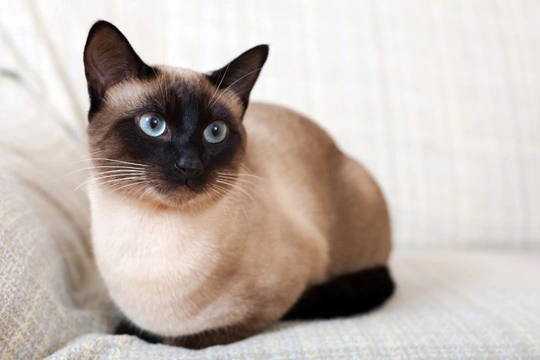Pets
Pets for studWanted petsBreedersAccessories & services
Knowledge hub
Support
Support & safety portal
Pica in Cats
When cats suffer from a condition known as Pica, they eat all sorts of things which they should not. Most of the time, the objects they consume are non-edible and as such can cause all sorts of digestive problems. The strange thing about the disorder is that some breeds appear to be more predisposed to developing the condition than others, although why this is remains a bit of a mystery. With this said, any cat can develop pica and it's important to keep a close eye on them to make sure they don't eat something that could severely damage their digestive systems and as such turn into a very serious health issue.
Objects and Materials Cats Like to Eat
The sort of things and materials that cats suffering from pica tend to eat include the following:
- Anything made out of wool which includes jumpers and blankets
- Synthetic fabrics
- Rubber objects
- Wood
- Cardboard
- Plastic
- Paper
A cat usually develops the problem when they are still young at around three months of age or when they are even younger. The problems tend to start when a kitten or cat is introduced to a new home, but most cats grow out of the habit as they get older. With this said, in certain breeds like the Siamese, the habit does not go away but continues right into their adulthood.
Recognising When a Cat has Pica
Most cats will tear and chew on things when they are play fighting or chasing down pretend"" prey. However, they don't generally eat any of the pieces they tear off a toy or other object they are playing with. When cats develop pica, they eat the pieces by chewing them and then swallowing them. The more a cat does this, the more they find it to be rewarding and so the habit gets stronger and stronger as time goes on. The end result sees a cat actively seek out their favourite object so they can tear pieces off, chew them and swallow them.
Why Some Cats Develop Pica
The condition is not yet fully understood, although studies suggest that the act of chewing a favourite thing and then swallowing it releases certain chemicals in a cat's brain which gives them a great deal of pleasure. Cats then become addicted to this feeling and so the habit is formed.
The Dangers
As previously mentioned, most of the things that cats decide to chew and swallow when they are suffering from pica are indigestible items. As such, the pieces they swallow could easily cause an obstruction in their intestinal tracts which could result in a cat needing emergency surgery to remove the blockage. In a worst-case scenario, a vet might even have to remove a section of a cat's gut to remedy the problem. The good news is that most cats recover well from this type of surgery.
Signs to Watch Out For
If you already suspect your cat has developed pica, it is important to keep a close eye on what they are chewing and swallowing. Cats that have eaten something that has caused a blockage in their intestinal tract would typically show the following signs of there being something wrong with them:
- Vomiting
- Diarrhoea
- Constipation of straining when trying to pass a stool
- Lethargy
- Weakness
Breeds Most at Risk
There are certain breeds that appear to suffer from pica more than others and this includes the following breeds:
- Siamese
- Burmese
- Tonkinese
- Oriental
It is worth noting that a lot of cats with the problem are kept as indoor pets. Cats that are easily stressed are also more predisposed to suffering from the condition. As such, cats that are given a lot of mental stimulation and things to keep them occupied, are less likely to suffer from pica.
Making the Home Safer
Anyone sharing a home with a cat that suffers from pica, should remove any materials and objects their pets like to chew on and to make sure they have a lot of safe things to play with to prevent boredom from setting in. It's also a good idea to make sure a cat with the condition has plenty of fibre in their diet and good quality cat chews to gnaw on when they want to.
Signs of an Underlying Health Issue
In some instances, a cat might start to eat and lick on strange things because they have developed some sort of health disorder which could include the following:
- Hyperthyrodism
- Cancer
- Feline infectious peritonitis
- Lead poisoning
- Intestinal parasites
- Chronic deficiencies in their diet
Anyone who is worried about their cat's strange eating habits should take them to the vet so they can be thoroughly examined and treated for any underlying causes which prompts them to eat strange and sometimes dangerous things.
""



